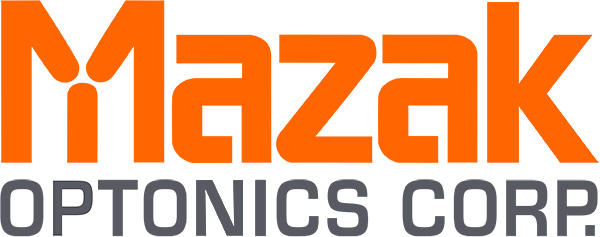Prevent misidentifying laser cut parts by utilizing the right part sorting and identification strategies.
By Tim O’Donnell, Software Supervisor at Mazak Optonics Corp.
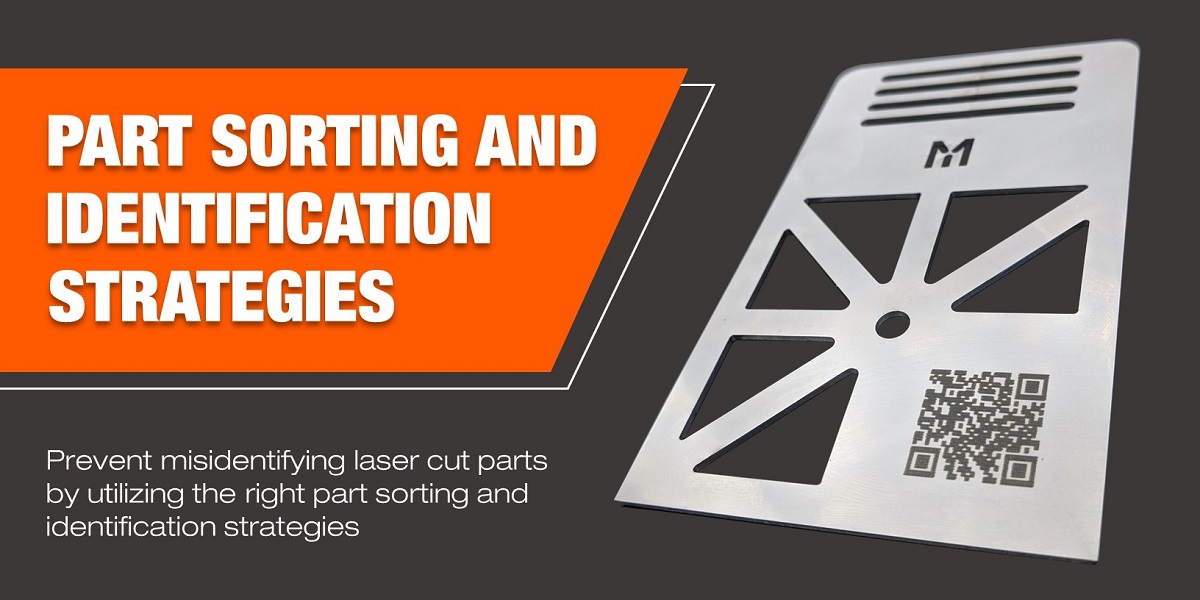
Laser-cutting machines have dramatically advanced with the introduction of high power. 6kW, 8kw, 10kW plus power levels have increased fiber laser-cutting’s speed. This speed allows fabricators to cut more parts faster than ever before. While keeping the laser constantly cutting is essential, customers do not pay for machine runtime; they pay for parts. And not the parts that go missing, rework on lost parts, or re-cutting pieces that should have been identified properly in the first place.
So how does this problem occur? A part might have been left behind when being removed from the skeleton after laser processing. Or possibly, someone sorting similar looking parts incorrectly sent some cut blanks on the wrong job route then the brake operator pulls up an incorrect bend program and escalades from there.
All of these issues are due to a larger problem: lack of oversight with regards to part flow. Now that the laser processes more parts to more downstream machines, strategic part identification and sorting have become even more important.
Communication to close the loop
The parts are cut, sorted, then sent downstream or stored as work-in-progress (WIP) inventory. Makes sense, right? But how does the production control system know exactly when a nest was cut? In some shops a supervisor asks the operator. In other operations, a part sorter or machine operator scans a label on the job traveler or move ticket to let the production software know the job has been cut and is on its way downstream.
In this operational setup, the machine control and the production software live in separate worlds. The machine cuts parts, but nothing communicates automatically back to the production control software to close the loop.
Thankfully, this is starting to change. Standard protocols like MTConnect now communicate part-specific information back to production control software and make the data available to third-party platforms. This opens the door to a host of job-specific improvement opportunities. Because the loop has been closed and the system knows when a part was cut, it can reveal exactly how long it takes for that part to be sorted and presented to downstream processes.
Closing the “job is complete” loop in laser-cutting, with no separate scanning or keying-in necessary, can reveal previously hidden operational pain points. It also can keep the focus on how jobs flow through the factory. A machine that is not cutting might be a problem, but an excessive amount of filler parts sitting weeks in WIP inventory might be an even bigger problem. More WIP ties up cash and also might add operational complexity and open the door to misidentified or missing parts.
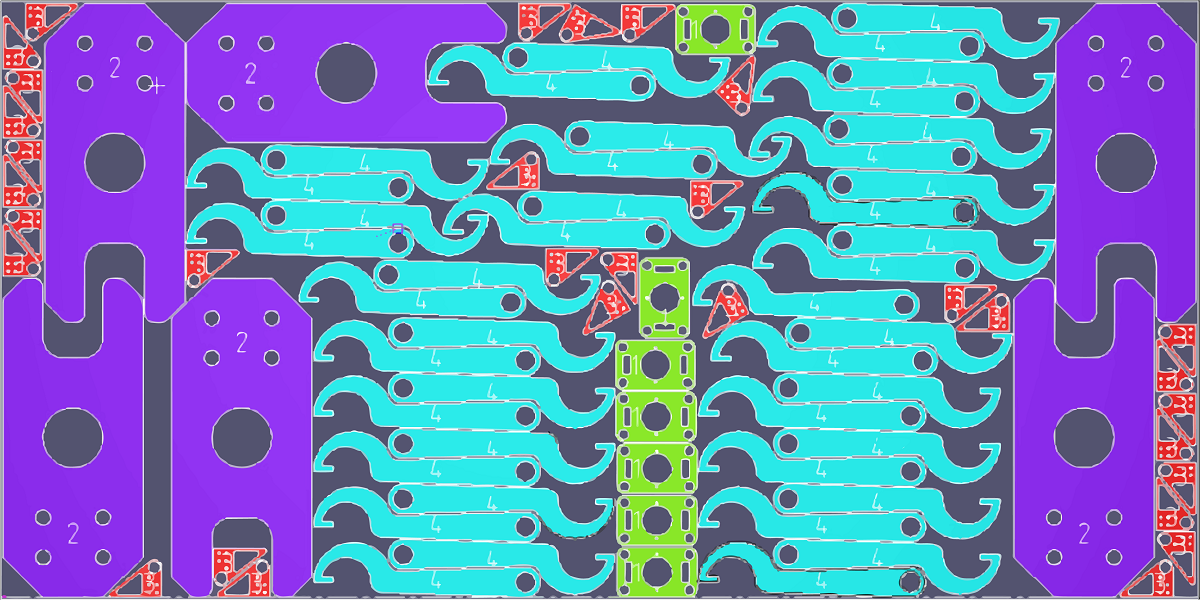
Nesting strategy
Once a fabricator has a complete picture of the part sorting and identification reality on the shop floor, they can start weighing options to make part identification easier and part flow faster. For fiber laser-cutting, it all starts with programming, the nesting strategy used, and releasing the order to the machine.
A nest layout usually is built upon one or some combination of several general strategies. One uses a mix of current jobs and filler parts to fill the rest of the sheet and maximize material yield. Another involves only current jobs, which increases remnant management, often called remnant nesting. Used in conjunction with these might be a kit-based strategy, where each nest layout holds all the needed components for a kit that will flow together downstream.
Within all these involves strategic microtabbing. There should be enough for a stable process but not so many as to make cut-part removal overly challenging and time-consuming, which in turn can lead to human error involving lost or misidentified parts. Tiny parts might need to be tabbed no matter what, but programmers still can minimize the number and make pieces easy for part sorters to snap out. Larger parts nested perpendicularly to the laser-cutting machine’s slats might require few if any tabs, making part removal faster and easier—yet lower material yield might be a tradeoff in some cases, since parts need to be oriented in a certain way.
Which combination of nesting strategies depends on the nature of the operation and, not least, material costs. For conventional carbon steel an operation might choose a combination of filler and kit-based nests. The laser-cutting operation might lose a little on material yield, but it is a small price to pay for ease of sorting, part identification, and part flow.
When cutting stainless or other expensive materials, a shop might strive for high material yield and rely heavily on a remnant nesting strategy, especially if filler parts are not available or do not effectively utilize remaining material. Besides, excessive WIP stainless inventory can get expensive. In a quest for better yield, various jobs might be dynamically nested on different sheets. This can add complications in part identification and sorting, but the material savings makes the sorting effort worth it.
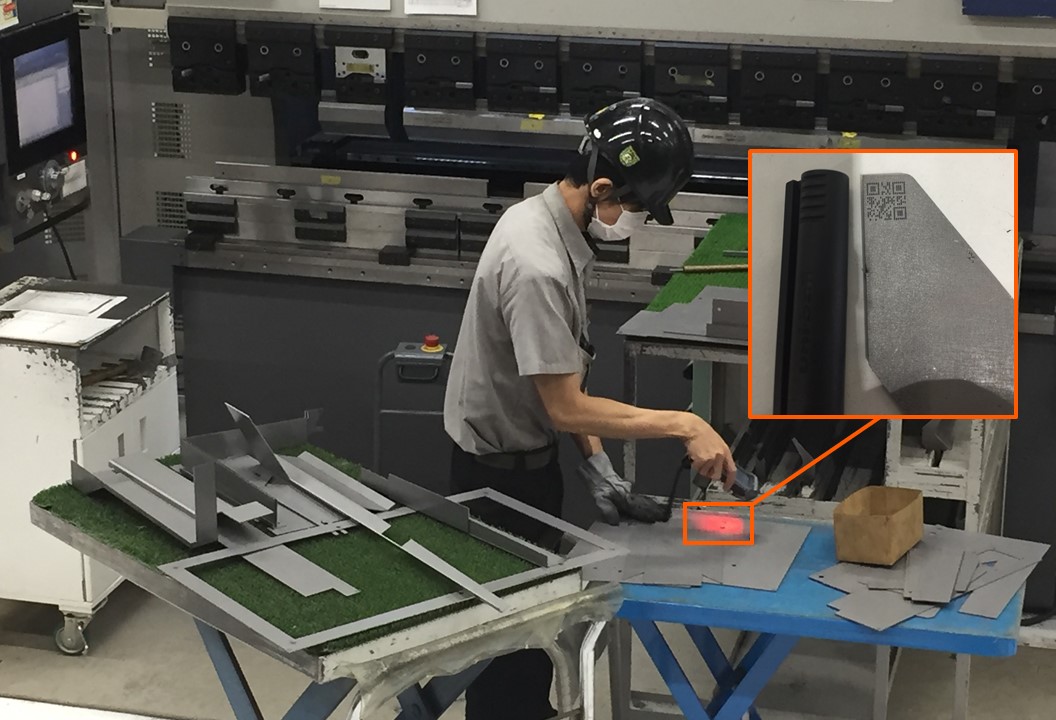
Part identification
Manual sorting can be straightforward but deceivingly simple. The material handler looks at a printout or screen, sees which parts on the nest in front of him goes with which job, and sorts accordingly.
This of course is where human error can come into play. Manually sorting parts all day takes patience and concentration, and accidentally sorting parts to the wrong job is easy to do.
To mitigate this problem, many operations today place a small, unobtrusive QR code on certain parts or even every cut blank. Laser machines are so productive these days that adding a laser-etching routine for every piece does not add much to the cutting cycle time. Some systems now apply a kind of simplified QR code, one with arcs rather than sharp corners, that takes the laser even less time to apply.
Operators downstream, whether they are located at the sorting station, press brake, or anywhere else before powder coating, can scan the QR code to reveal the part number, the job it is attached to, customer information, due date, the part program for the machine or operation at hand, and more. The codes are marked in such a way so that they should be invisible after painting or coating.
But what if applying a QR code is not an option? For instance, a customer might not want a visible code on a stainless steel appliance. In these cases, applying easy-to-peel-off physical labels is an option. These labels can have a small drawing, part number, or other elements that show anyone on the floor, after a quick glance, what the part is and where it should go.
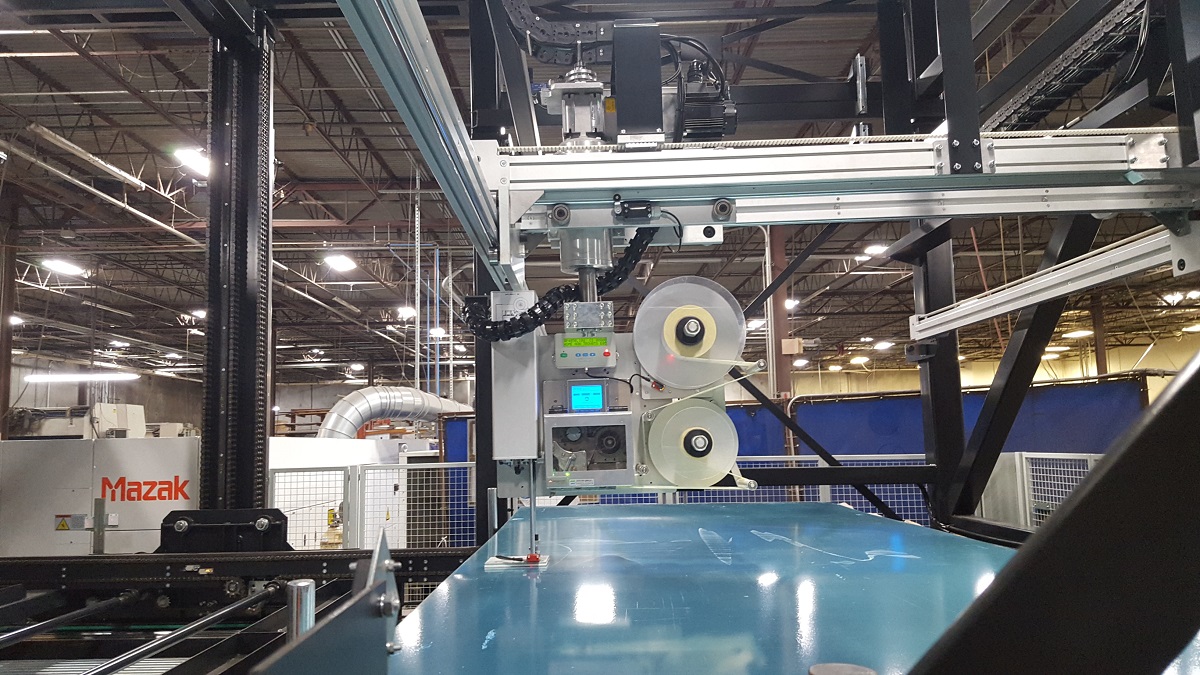
That said, applying that label in many operations remains a manual process. A part emerges from cutting, a nearby printer connected to the production control software creates a label, and someone manually applies it to a cut piece.
Some operations, however, have successfully automated the process, integrating it into a flexible manufacturing system (FMS). And just like manually printed labels, the labels applied by the FMS can be configured for the application.
Typically, an elevator pallet transports sheets from a tower and presents it to the machine loading area. But an FMS with automated label printing adds an intermediate step. Before being presented to the laser-cutting machine, the sheet moves to a staging area with a label printer positioned overhead. The system prints a label and then descends to apply it to a sheet, traversing in X and Y and rotating 360 degrees, according to a location defined in a program created offline with the laser program itself.
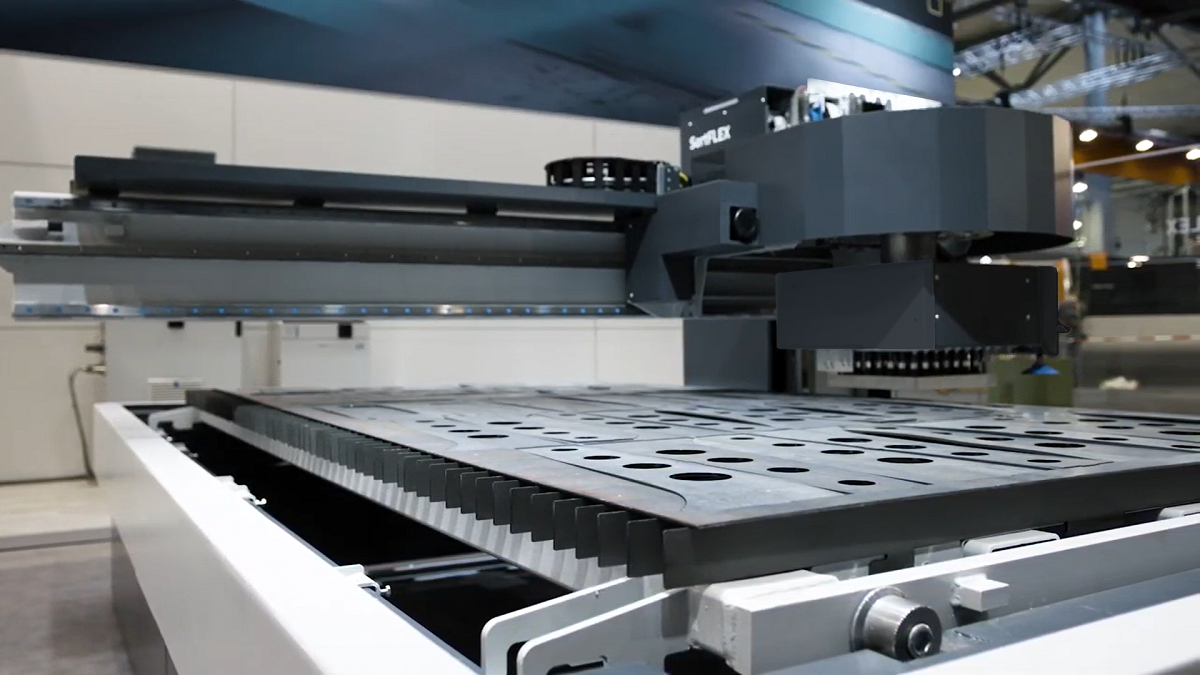
Sorting options
Sorting accurately requires parts to be correctly identified. Labeling helps, but so can sorting automation, which effectively eliminates human error. Such automation has come a long way in recent years, especially when it comes to highly configurable suction cups that can lift various part shapes out of a nest. On the software end, certain programs have pre-determined configurations that instruct the automation on how to pick up pieces and orient them for sorting and stacking.
Automated sorting does require some programming tweaks. For instance, kerfs around certain part geometries need to be wide enough so that grippers can lift pieces from the skeleton without catching. And certain small parts might need to be tabbed together in a “mini-nest” that a gripper can remove. Regardless, once the job is stacked and ready to go, a material handler can assign each pallet of parts a job traveler or move ticket, then transport the blanks downstream. If a fabricator wants to go a step further, there are also robotic pallet movers that can take the sorted parts pallets to the next operation.
Many strategies available
Part labeling is an important element, but it is just one piece of the identification and sorting puzzle. Automation can help take human error out of the sorting process. Job scheduling enters into the picture too, including how far into the future a system looks for parts to maximize material yield. Too much WIP inventory might exacerbate the part identifying and sorting challenge.
Or it might not, depending on the job mix and the nature of the operation. Regardless, the parts identifying and sorting challenge has many potential solutions. The trick is to consider the big picture, choose one or a combination of strategies, and fine-tune the recipe to achieve a result that is closer to perfection.
Full article published in the August issue of the FABRICATOR.
